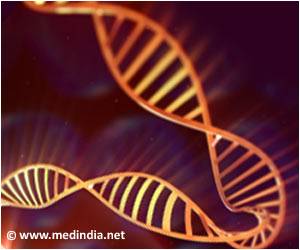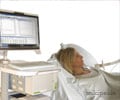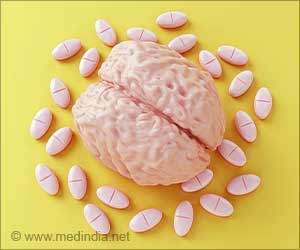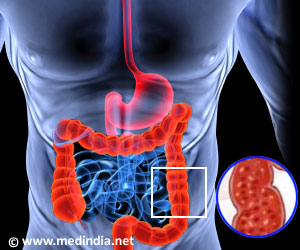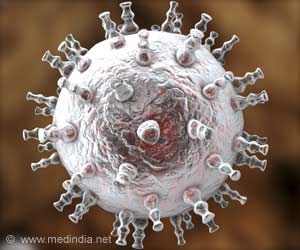Bacteria are known to be able to adapt well to their environment. This adaptability helps them to survive inside their host.

Bacteria are known to specifically adapt to host environments. Understanding these adaptation mechanisms is crucial for the development of effective therapeutics.
Mouse lineage influences bacterial metabolism
Monika Ehling-Schulz's group from the Institute of Microbiology, together with Mathias Müller's group at the Institute of Animal Breeding and Genetics studied the influence of host organisms on bacterial metabolism. The researchers infected three different lineages of mice with the bacteria Listeria monocytogenes.
The mouse strains showed significant differences in their response to the infection and in the severity of the clinical symptoms.
The researchers isolated the bacteria days after infection and analysed them for changes in their metabolism. They used a specific infrared spectroscopy method (FTIR) to monitor metabolic changes. The chemometric analysis of the bacterial metabolic fingerprints revealed host genotype specific imprints and adaptations of the bacterial pathogen.
"Our findings may have implications on how to treat infectious diseases in general. Every patient is different and so are their bacteria," first author Tom Grunert states.
Advertisement
After isolation from the mice, all bacteria were cultured under laboratory conditions. After prolonged cultivation under laboratory conditions all three bacterial batches switched back to the same metabolic fingerprint. "Based on our results it can be assumed that bacteria have some sort of memory. It takes some time under host-free laboratory conditions for this 'memory effect' to vanish," explains the head of the Institute, Monika Ehling-Schulz.
Vibrating molecules decipher bacterial metabolism
The researchers employed a technique known as Fourier-transform infrared (FTIR) spectroscopy to monitor the metabolism in the bacteria. An infrared beam directed through the bacteria causes molecules such as proteins, polysaccharides and fatty acids to vibrate. The molecules variably allow more or less light to pass. The different molecular composition in the bacteria yields different spectral data providing information about the molecules inside.
Advertisement
In the future, the researchers want to extend the concept to other species of bacteria and further study the impact of host organisms on pathogens. In a next step, the team plans to find out what exactly it is, that leads to metabolic changes in bacteria.
Source-Eurekalert




